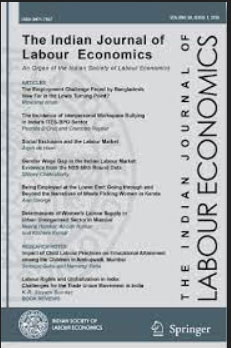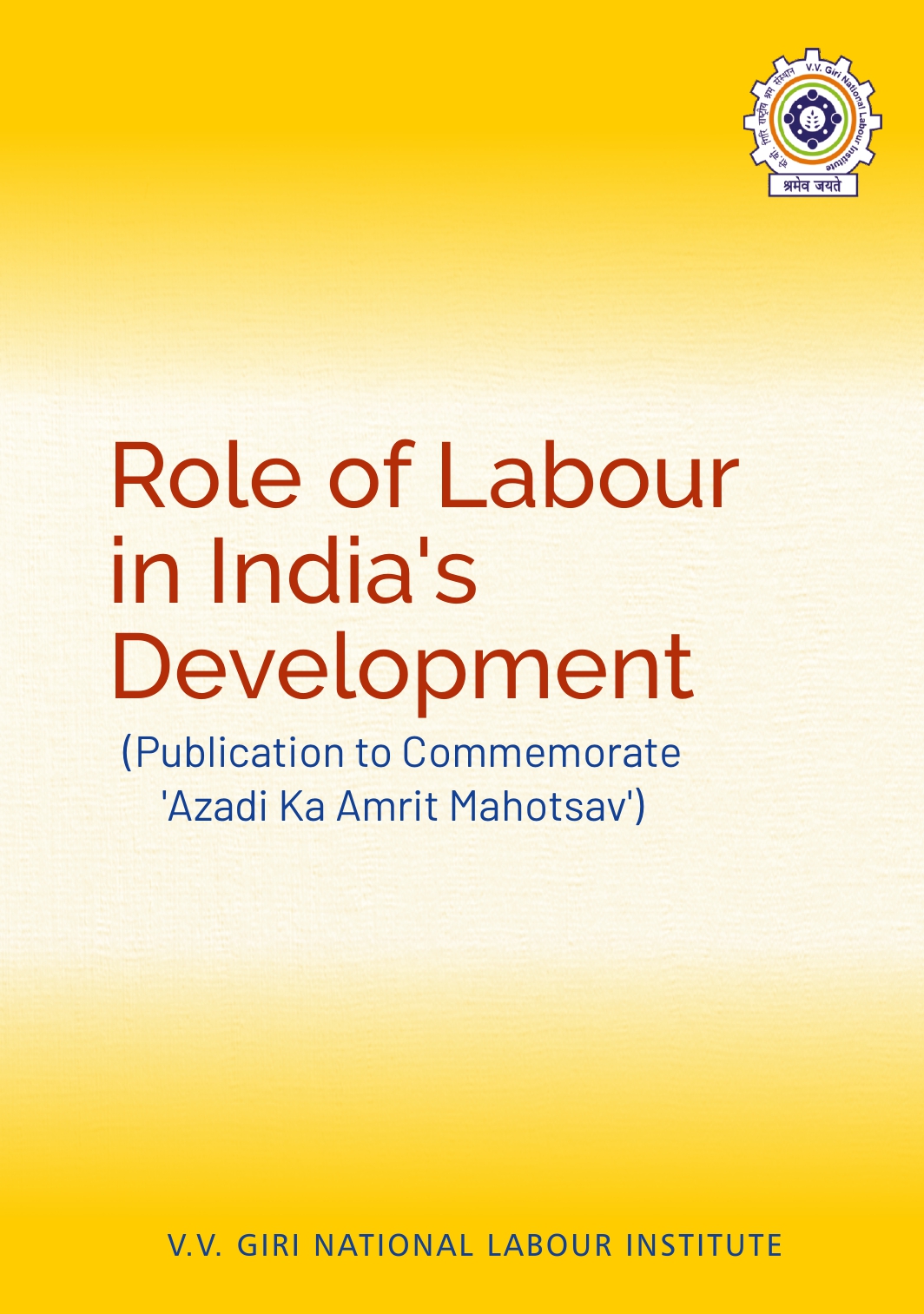Abstract:-
PLFS data reveal that significant hikes in the female labour force and female workforce participation rates occurred between 2017-18 and 2022-23, contributing majorly to India’s aggregate employment growth. These increases in female workers’ employment have occurred chiefly in agriculture. There has been a fall in the share of regular wage/salaried workers in aggregate employment and an increase in the share of self-employed, particularly unpaid (family) workers/helpers. There is a view that the recent surge in female employment is primarily caused by economic distress among households, particularly rural households. It has also been claimed that the increase in the share of unpaid (family) workers reflects the economy’s inability to generate enough productive and remunerative jobs and that such employment of unpaid female (family) workers signifies disguised unemployment. In this paper, we scrutinise both claims. We present empirical evidence to show that the surge in female workforce participation is not attributable to rural economic distress and that unpaid female (family) workers are not in unproductive and unremunerative jobs, i.e., they are not disguisedly unemployed. The results of our analysis indicate that the creation of a conducive environment for work (through containment of crime against women and other such steps) and a significant reduction in the burden of household unpaid work (done for family members) on working-age women will go a long way in enhancing the female workforce participation rate in India. We also find from our analysis that imparting technical education to young females in rural areas on a wide scale would significantly enhance the female workforce participation rate.





